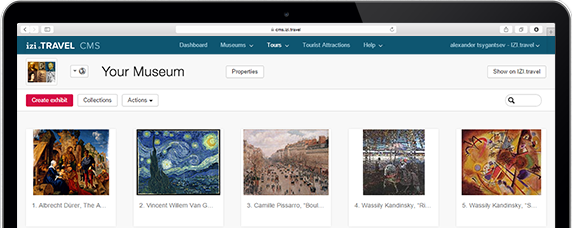Santa Maria delle Grazie
Update Required To play the media you will need to either update your browser to a recent version or update your Flash plugin.
The Holy Mary of Grace Church (Santa Maria delle Grazie) is a Dominican church that hosts Leonardo da Vinci’s famous mural, “Last Supper”. Please note that you cannot enter the convent’s refectory that contains this great artwork without previously booking a ticket. You have to book your ticket well in advance, up to several weeks, depending on the season, so you need to plan your visit beforehand. The “Last Supper” is one of the most famous and most widely-studied paintings in the world. Thanks to this mural, the church is now a UNESCO World Heritage site. Completed at the end of the XV century, da Vinci’s painting has lost almost all of its original colour, despite numerous restorations. It has suffered greatly due to environmental factors, though was miraculously saved during the bombardment of Milan in 1943.
The church was built at the order of Sforza, Duke of Milan. A small chapel dedicated to Holy Mary of Grace already stood on the site where the church is situated today. Sforza wanted his noble family to have their own church, and his successors create a family tomb there at the end of the XV century. Solari, the same architect who worked on the Duomo, oversaw the construction of the church. In the XVI century, the church also houses Titian’s painting, “Christ receives the Crown of Thorns”, but at the end of the XVIII century, it was looted, and the painting is in the Louvre today.
The church was built at the order of Sforza, Duke of Milan. A small chapel dedicated to Holy Mary of Grace already stood on the site where the church is situated today. Sforza wanted his noble family to have their own church, and his successors create a family tomb there at the end of the XV century. Solari, the same architect who worked on the Duomo, oversaw the construction of the church. In the XVI century, the church also houses Titian’s painting, “Christ receives the Crown of Thorns”, but at the end of the XVIII century, it was looted, and the painting is in the Louvre today.
Download the free izi.TRAVEL app
Create your own audio tours!
Use of the system and the mobile guide app is free

